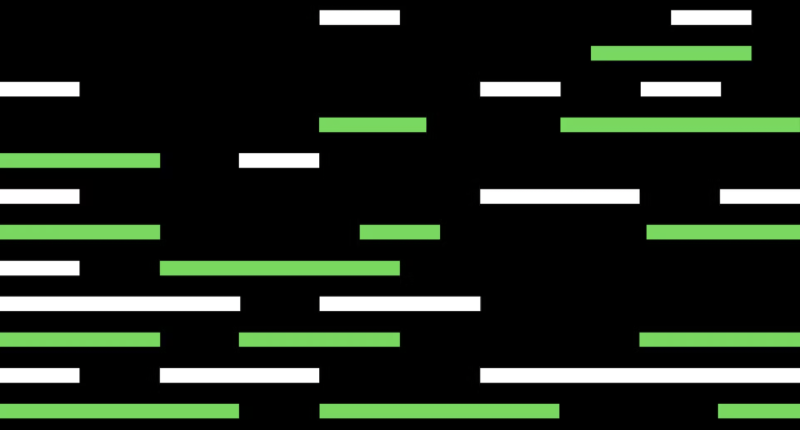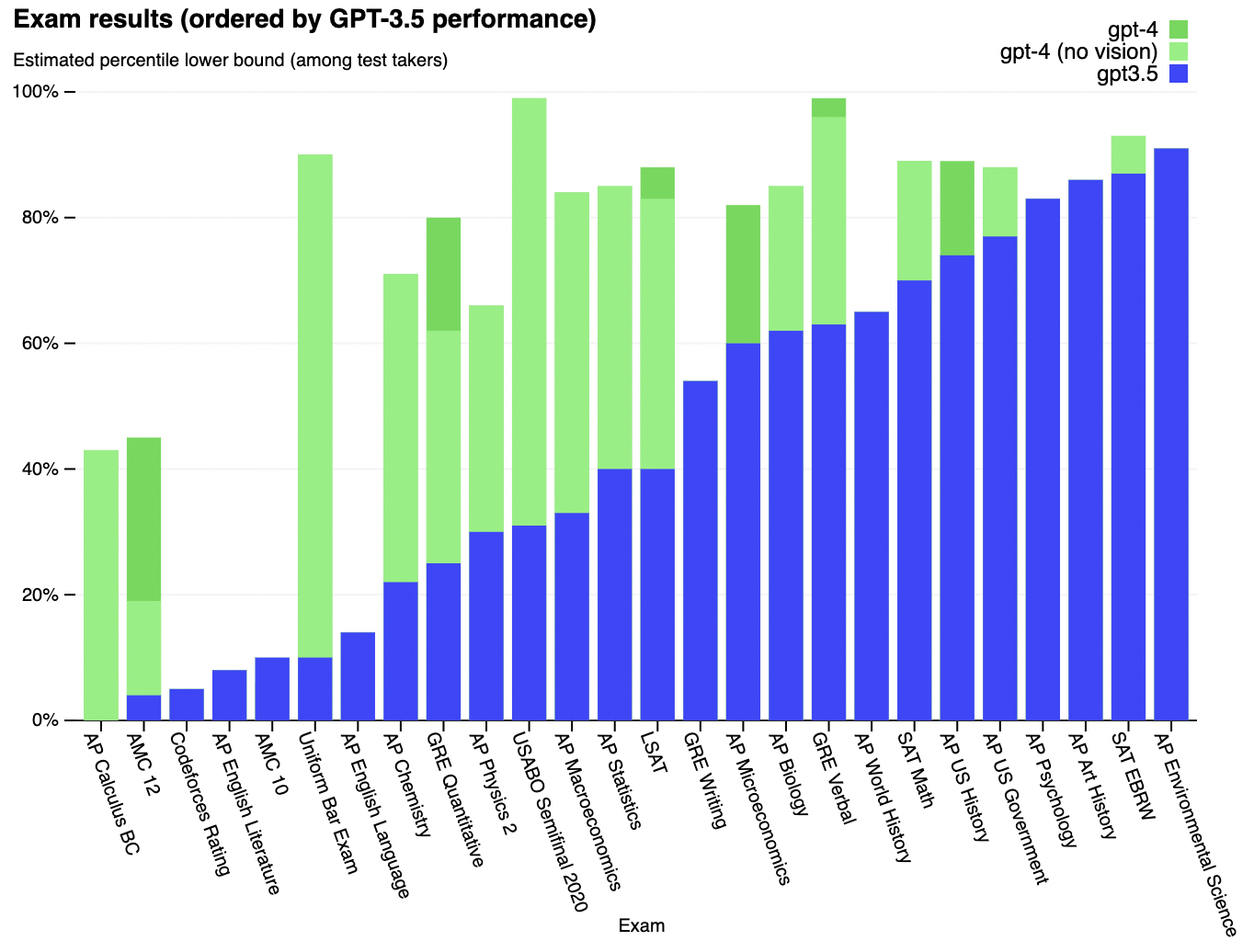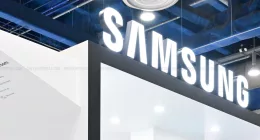OpenAI, the parent behind the infamous AI chatbot ChatGPT, has announced the release of a new multimodal AI, GPT-4. Multimodal, since it can take both images and text as inputs to produce a text-based output. According to OpenAI, GPT-4 is “less capable than humans in many real-world scenarios”, though at the same time, can exhbit “human-level performance on various professional and academic benchmarks”.
In terms of availability, GPT-4 is being available to OpenAI’s paying customers, through ChatGPT Plus. Developers can sign up on a waitlist to access the API. Pricing is $0.03 per 1,000 “prompt” tokens (about 750 words) and $0.06 per 1,000 “completion” tokens (again, about 750 words). Additionally, OpenAI is also open-sourcing OpenAI Evals, the framework behind its automated evaluation of AI model performance, to allow anyone to report shortcomings in its AI models to help guide further improvements.
Apparantly, GPT-4 was kind of already being used across various enterprise and even consumer-facing software. For example, Microsoft confirmed today that Bing Chat, its chatbot tech co-developed with OpenAI, is running on GPT-4. Other early adopters include Stripe, which is using GPT-4 to scan business websites and deliver a summary to customer support staff. Duolingo built GPT-4 into a new language learning subscription tier.
GPT-4 is an improvement over the existing GPT-3.5 model, though the improvements will only be visible when it is pushed into performing more complicated tasks. In usualy conversations with ChatGPT, you would hardly notice these improvements. For example, GPT-4 passes a simulated bar exam with a score around the top 10% of test takers; in contrast, GPT-3.5’s score was around the bottom 10%. OpenAI says that it has spent 6 months “iteratively aligning” GPT-4 using lessons from its “adversarial testing program” as well as ChatGPT, resulting in these best-ever results (though far from perfect) on factuality, steerability, and refusing to go outside of guardrails.
To understand the difference between the two models, OpenAI tested on a variety of benchmarks, including simulating exams that were originally designed for humans. This was done by using the most recent publicly-available tests (in the case of the Olympiads and AP free response questions) or by purchasing 2022–2023 editions of practice exams. GPT-4 did not undergo any specific training for these exams, and in light of that, the test results do seem impressive.
By the looks of it (we haven’t tested it ourselves) and some initial test results, GPT-4 does look like a considerable improvement over its predecessor. GPT-4 can accept a prompt of text and images, which—parallel to the text-only setting—lets the user specify any vision or language task. Specifically, it generates text outputs (natural language, code, etc.) given inputs consisting of interspersed text and images. Over a range of domains—including documents with text and photographs, diagrams, or screenshots—GPT-4 exhibits similar capabilities as it does on text-only inputs.
However, one of the biggest concerns highlighted by many, during their respective usage with GPT-3.5 was the chatbot coming up with all sorts of crazy, out-of-bounds answers and scenarios. And while OpenAI says that better “guardrails” have been put across in GPT-4, it remains to be seen how it performs in real-world scenarios, when it receives zillions of inputs from millions of users overtime.
The Tech Portal is published by Blue Box Media Private Limited. Our investors have no influence over our reporting. Read our full Ownership and Funding Disclosure →







